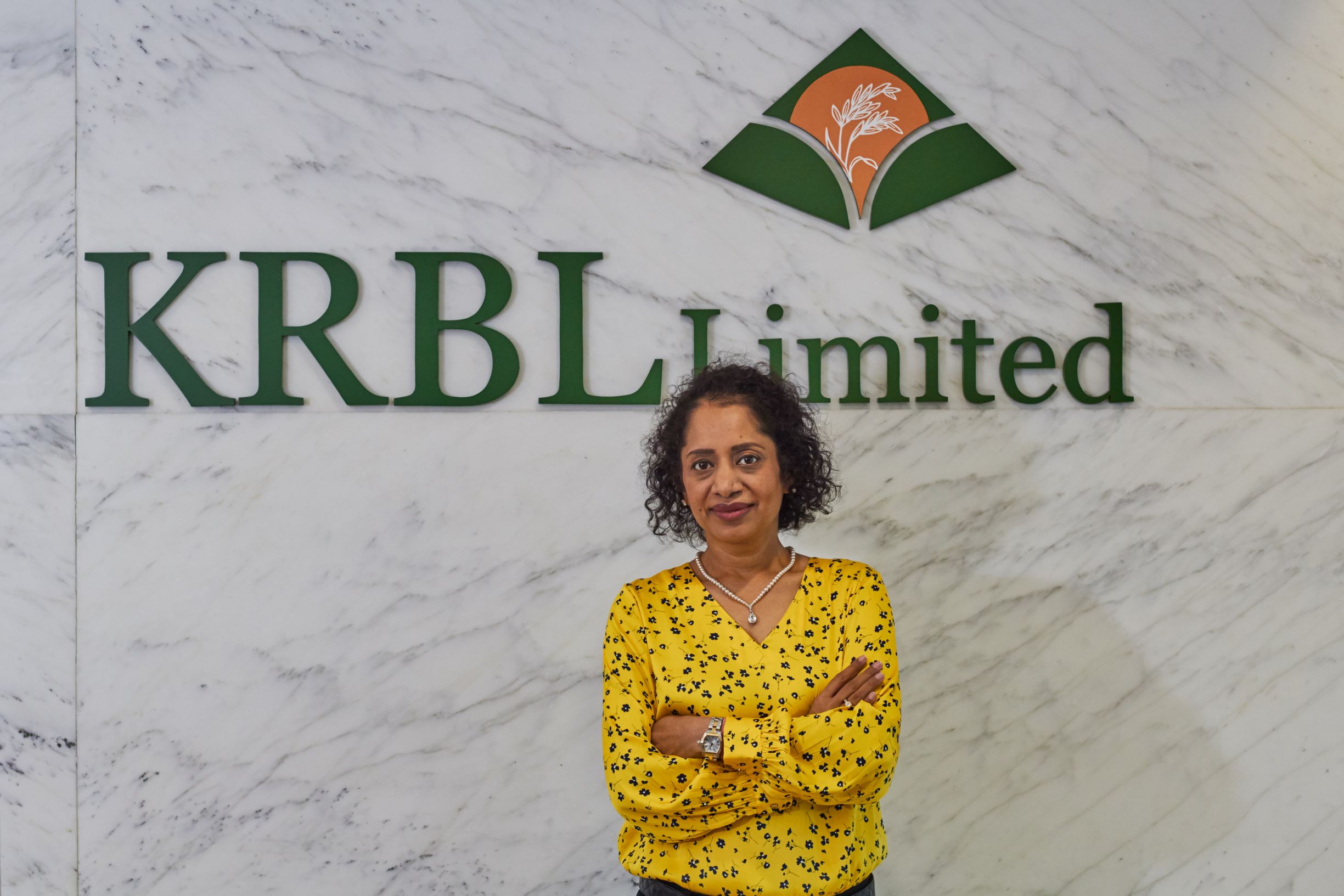Many food and beverage businesses actively follow the latest trends in the industry, but only a few are creating trends on their own! It’s not just about thinking what’s going to be a hit based on what people have done before, it’s about having the creativity and originality to come up with a new concept on your own.
For those who can create a trend, it establishes a level of expertise and marketing leverage that is unlike any other method. Plus, it puts you in good standing with consumers.
Priyanka Mittal, Director, India Gate, KRBL explains why creating trends as an F&B business is much better than predicting them:
Why Predicting Trends Isn’t As Helpful As It Seems
When you predict trends, you aren’t doing much more than trying to find out the next big idea that’s going to sweep the industry. But a good idea will stay just that – an idea – and won’t bring much benefit to business or consumers until it’s actually executed.
As well as this, predictions can be wrong and putting a lot of time, effort, and budget into something that could ultimately lead to nothing, is just a waste of resources. Most predictive analytics are based on regressing past data, therefore, simply relying on historical data insights to gauge the effectiveness of a trend can be very misleading.
Consumers are focused on actions, not promises, so F&B businesses must focus more on creating trends and showing how their efforts make a positive impact instead of just announcing their plans for a better world. Businesses must look for more effective ways of executing their launch plans and ideas rather than following tried and tested methods such as focus group research and filling surveys that may not be accurate. While focus group research is based on prototype feedback which is not scientifically backed, filing surveys bring in a lot of subjectivity and bias. While no single route guarantees success, a combination to suit the nature of one’s business, certainly works better to ensure success in the market.
Instead of focusing on trend predictions, food and beverage businesses should stay ahead of the curve by creating them on their own. The public opinion and preferences are the best starting point for this. Keeping “ears to the ground” during the test marketing and research phase, quick adaptation to design or innovative packaging and communication can create a better ROI for trend setters. Trend setting involves category creation which requires creativity, patience, capital and tenacity. However good a trend, product or service may be, it may take a while to receive positive traction in the market. In some cases consumers may take time to accept it, or otherwise it may require alteration in terms of fixing the right value (price vis-à-vis benefit) and modulating the same.
Success is based on 3 things
1. How much of the “need”/ “pain point” of the consumer the trend setting product addresses? The greater it addresses it, the better the chances of success.
2. How unique is the trend? The more unique it is, not simply repackaged content of existing solutions bundled together, the better the chance of trial. A classic example is Careem in the Middle East. It was premised on a similar concept of ride sharing like Uber but addressed a real need for transport. However, it was unique in that it treated its drivers as “Captains” as there was a respect “deficit” and eventually launched the ride sharing/ delivery for motorbikes and rickshaw in Pakistan and Egypt.
3. What is the multiplier of the trend? If the trend impacts positively to many people quickly, and the “network effect” is high then the chances of trends succeeding and being prevalent for a long time are higher.
Talking of KRBL, it revolutionized the Basmati Industry by launching Pusa Basmati-1 in the late 1990’s and then 1121 Basmati in the early 2000s. The Basmati industry has not been the same since. Not only has the productivity and farmer income gone up, but it has made Basmati more accessible to the masses and increased global consumption.
The trend was identified by seeing little synergy amongst key stake holders – farmers, scientists, millers and exporters and distributors. KRBL got them all to a common platform to launch a product on a global scale that brought in a revolution in Basmati. Timing was also crucial, and India was benefitting from its large participation in the global economy. Seeing its own per capita income rise making a ready market for these products. It has taken over 10 years if constant investment to see results.
What Trends Should Food and Beverage Retail Businesses Actively Pursue?
While anything can become a trend, F&B businesses must work on their sustainability and create a more environmentally friendly approach to how they do things. In addition, they must also know which sustainable practices coincide with current and future consumer preferences to create sustainability trends that will make them stand out.
Here are some of the things F&B businesses can focus on to create future sustainability trends.
● Food waste & recycling – Food is being wasted along the whole supply chain, with many items never being used due to spoilage and being out of date. Plate waste and kitchen errors are also contributing factors, which can be greatly reduced by changing practices. Seeking trends that combat this problem could not only be popular with consumers but make actionable changes in the industry.
● Smarter packaging – A lot of food waste doesn’t actually come from the food itself but the packaging. Investing in smarter solutions – biodegradable packaging &paper– will lower the impact. Also, avoid unnecessary packaging wherever possible. New materials, in particular, could be a trending opportunity for F&B by developing options that will be picked up worldwide.
● Sustainable eating – Vegan and plant-based diets have a strong correlation with sustainability. With many consumers willing to change their diets based on sustainability and animal welfare, you can easily create new trends surrounding ethically and sustainably sourced food.
● Local sourcing – Wherever possible, ingredients and products should support the local economy and this is a growing trend, particularly in hospitality.
● Pricing is paramount. Consumers will not necessarily pay more for sustainably grown products. But if they had to choose between sustainable and regular at the same price, they would choose more sustainable products.
Given the pandemic, the consumption patterns on F&B will be overhauled. Many in lockdown have introspected on lifestyle choices and the common mantra is preventive healthcare than treatment. Anything that entails eating and living a healthy lifestyle will be encouraged and the gaps in “health education” on a societal level by the government have been amplified by the current pandemic.
So, ultimately, any business can join the guessing game on what the next big trend in the F&B industry will be, but only those who look at pain points, uniqueness, and multipliers will reap the rewards.



